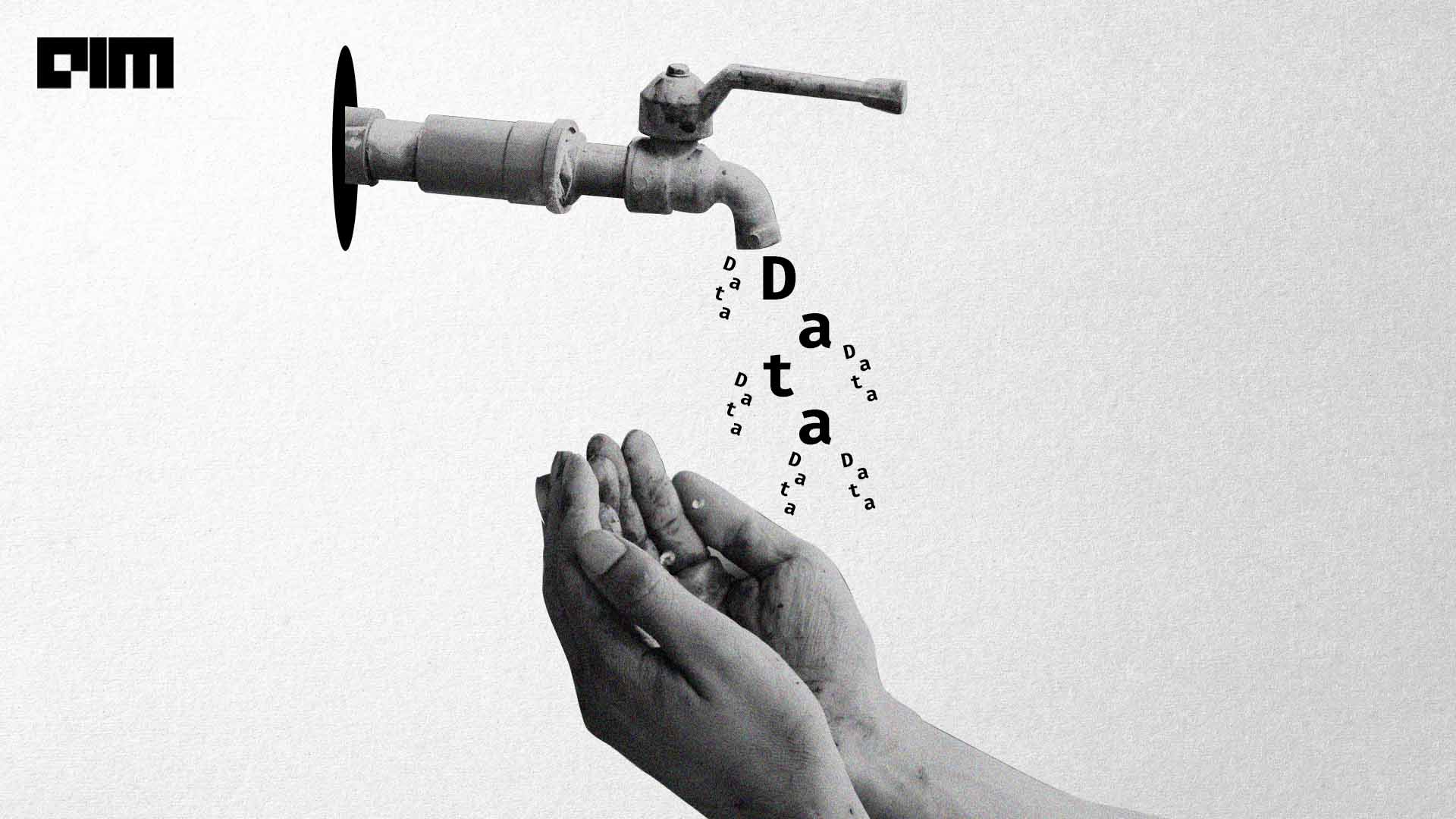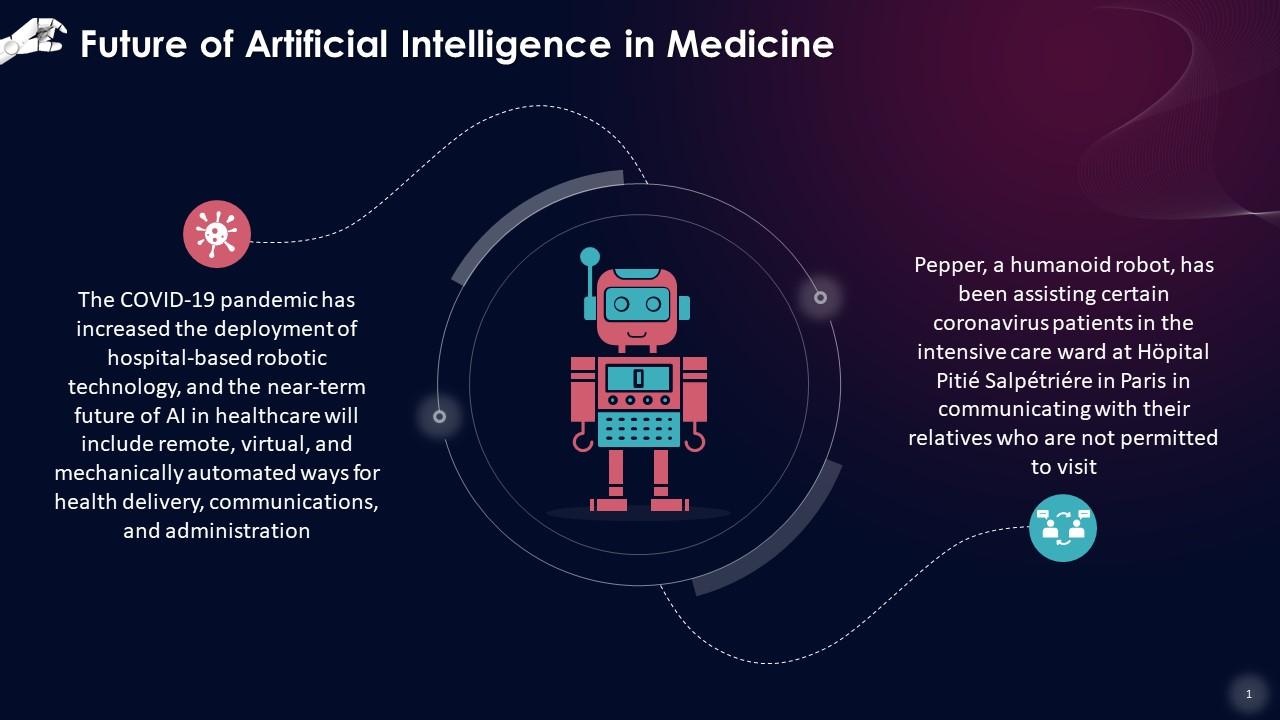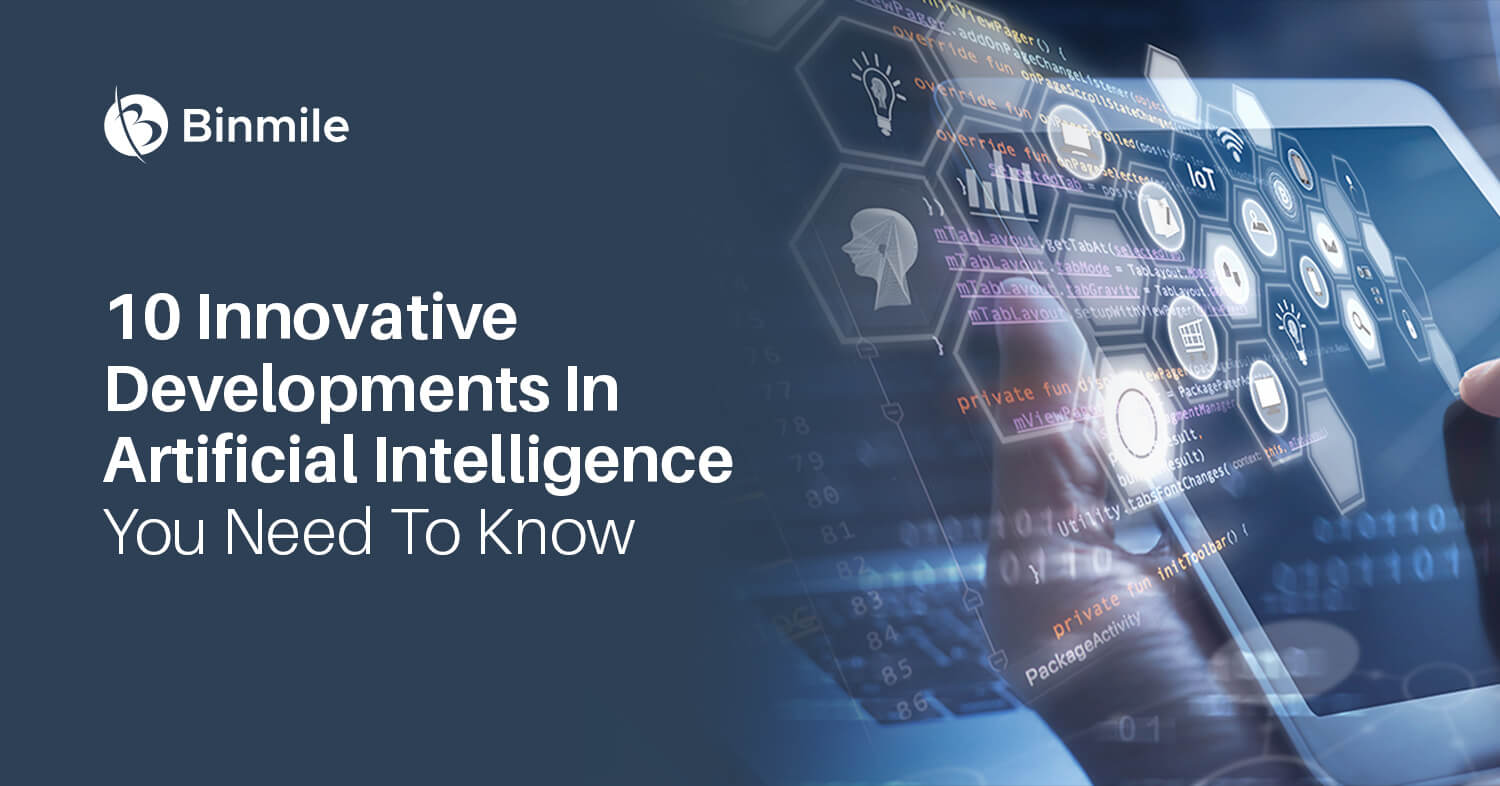
Is the Reservoir of LLM Training Data Drying Up?
The exponential demand for data in the world of AI is reaching critical levels, raising a pressing question: will large language models (LLMs) soon exhaust their training data resources? As we stand at the intersection of innovation and limitation, it becomes crucial to understand the impending challenges that tech companies may face as early as the end of this decade.
 The looming issue of training data scarcity in AI development.
The looming issue of training data scarcity in AI development.
The Data Consumption Avalanche
Artificial Intelligence operates on one fundamental reality—data is the lifeblood of LLMs. However, recent analyses suggest a troubling trajectory. Experts now predict that between 2026 and 2032, companies may find themselves at a cliff edge, having tapped out the publicly available data needed to train these sophisticated models. This is especially concerning as the demand for AI computing power doubles every 100 days, as noted by Intelligent Computing in its latest reports.
Financially, this endeavor is staggering. Companies like OpenAI and Google have reportedly spent over $100 million and $191 million, respectively, just to train models like GPT-4 and Gemini Ultra. This indicates not just a hunger for more data but an elite race that only well-funded giants can afford to play.
Techniques to Combat Data Scarcity
To mitigate this incoming crisis, experts have suggested various strategies aimed at securing the essential resources required for ongoing AI development. The primary solutions revolve around:
- Collaborating with Publishers: Agreements to access non-public datasets could provide a goldmine of information that is otherwise off-limits.
- Advancements in LLM Architecture: Innovative upgrades in model efficiency and design can enhance data utilization, potentially decreasing the dependency on vast datasets.
- Synthetic Data Generation: Utilizing algorithms to create artificial data could provide a sustainable workaround, mimicking real-world datasets without the limitations of availability.
 Exploring new frontiers in AI data sourcing and generation.
Exploring new frontiers in AI data sourcing and generation.
Financial and Environmental Sustainability
Sustainability, both financially and environmentally, is becoming a pivotal concern in the tech industry. Constantly scaling up resources depletes not only financial budgets but also contributes to significant energy consumption and environmental impact. As the demand for LLMs continues to rise, tech titans will need to innovate not only how they gather data but also how they maximize efficiency within their existing frameworks.
The future of AI could well hinge on these players adapting quickly to survive—after all, the best technologies are the ones that can evolve.
“Without addressing data sourcing intricacies, we risk stagnating a technological evolution that promises to shape humanity.”
Engaging with the Ecosystem
Thus, as we look towards an AI-dominant future, the importance of partnerships should not be understated. The balance of opening up proprietary resources while simultaneously protecting intellectual assets is delicate. Solutions must encompass the entire ecosystem—including government regulations and allowances for data sharing—to foster a conducive environment for growth without compromising privacy or ethical standards.
 Technological innovation will be key in overcoming data scarcity challenges.
Technological innovation will be key in overcoming data scarcity challenges.
Conclusion
The road ahead for LLM training isn’t just about resources but also about the socio-economic implications of a rapidly evolving landscape. We need a proactive approach to secure the future data needs of AI development. Collaboration, innovation in model design, and synthetic alternatives are not merely strategies – they are necessities to ensure that AI continues to operate within its full potential. The urgency of addressing these upcoming challenges cannot be overstated; only through vigilance and creativity can companies hope to navigate this complex terrain.
As we prepare for the inevitable data constraints, embracing new paradigms of data generation and management will be integral to our success. The question remains—will we be ready when the data well runs dry?















